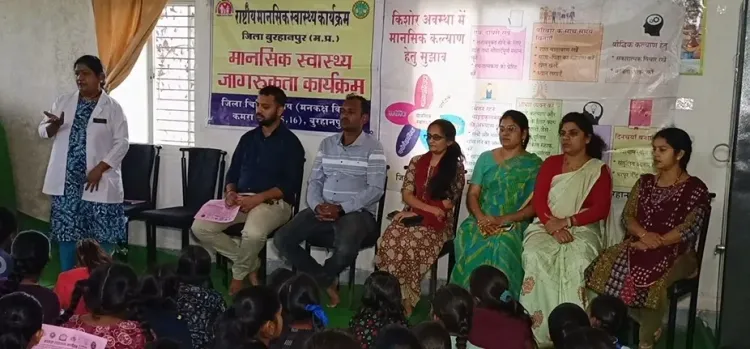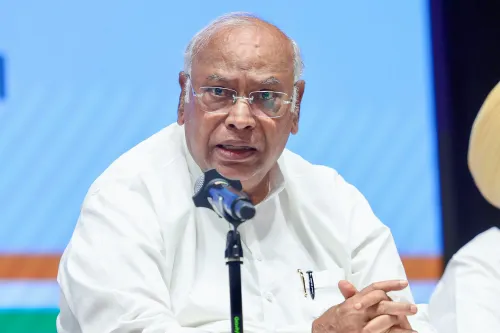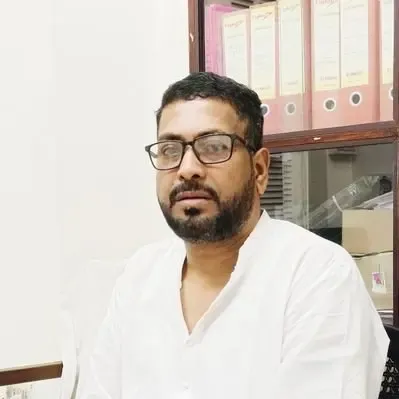Can Madhya Pradesh's Burhanpur Help Eliminate 'Sickle Cell Anaemia' by 2047?

Synopsis
Key Takeaways
- Health officials in Burhanpur are working towards eradicating sickle cell anaemia by 2047.
- Awareness campaigns are crucial for educating the public about the disease.
- Early screening and diagnosis can significantly improve patient outcomes.
- Community engagement is key to overcoming hesitance towards testing.
- Health education can empower future generations to combat genetic disorders.
Burhanpur (Madhya Pradesh), Aug 6 (NationPress) With the Indian government aiming to eradicate sickle cell anaemia by 2047, health officials in Burhanpur, Madhya Pradesh, are making significant strides towards this national objective.
The Health Department has taken on the crucial role of driving this ambitious initiative, engaging in comprehensive grassroots efforts.
Healthcare teams are actively visiting villages, schools, and hostels across the district to elevate awareness regarding this disease among all demographics, including girls, youth, men, and women.
As part of this campaign, individuals are educated about sickle cell anaemia, a genetic condition that can be effectively managed through prompt diagnosis and counselling. Health workers are conducting door-to-door visits, encouraging residents to seek early testing to identify the disease before complications can occur. Since sickle cell anaemia persists in an individual for life once it develops, early detection is crucial.
"This initiative not only enhances public health awareness but also lays the groundwork for a healthier future for upcoming generations," stated an official.
In an interview with IANS, Seema David, the Field Officer for the sickle cell campaign, mentioned, "We are focusing on screening individuals aged 0 to 40 years, particularly prioritizing children and women. Burhanpur has set a target of 86,000 screenings, and anyone suspected will undergo further testing."
Dr. Bhupendra Gaur, District In-Charge for Sickle Cell Anaemia, added, "Today we concentrated on educating adolescent girls about prevention. If the youth comprehend this disease, they can aid in halting its spread. Some girls are reluctant to undergo testing; however, we are persistently striving to inform them about its implications. We emphasize that it is genetic, and only a check-up can uncover it."
Sickle cell anaemia is an inherited blood disorder where red blood cells, typically round and flexible, become stiff and take on a sickle shape. This abnormality obstructs blood flow and impairs oxygen delivery throughout the body, resulting in various health complications. It represents the most prevalent type of sickle cell disease, characterized by persistent anaemia, fatigue, and painful episodes.
In patients affected by the condition, red blood cells contain atypical haemoglobin (haemoglobin S), causing them to become rigid and sticky, adopting a crescent shape. This not only reduces their lifespan but also causes blockages in blood vessels, triggering episodes of intense pain and other complications.









